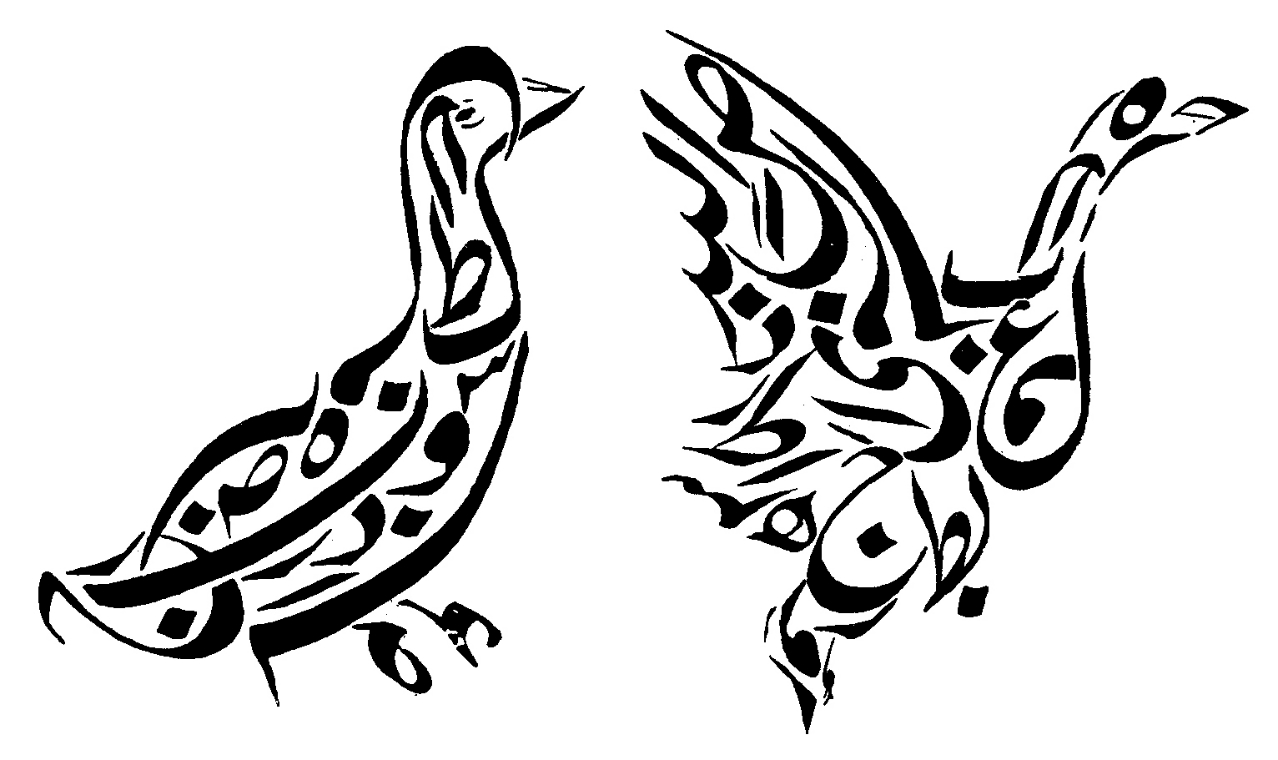Urdu is one of the most aesthetically pleasing scripts in the world, but learning it can feel overwhelming if you’re new to right-to-left writing systems.
This guide will walk you through everything you need to know—from recognizing letters to writing fluently.
📖 Why Learn Urdu Script?#
The Urdu script, known as Nastaliq, has deep cultural and artistic significance. If you’re learning Urdu for literature, communication, or simply out of curiosity, knowing the script opens doors to a rich literary heritage.
Here’s why Urdu script is special:
- Written Right-to-Left (RTL): Unlike English, Urdu flows in the opposite direction.
- Cursive by Nature: Letters connect within words, making it visually fluid.
- 38 Letters, 4 Forms: Many letters change shape based on their position in a word.
- Influence from Persian & Arabic: If you know these scripts, learning Urdu will be easier.
📌 What is the Urdu Alphabet?#
📝 The Building Blocks#
Urdu has 38 letters, each with up to four different forms based on their position:
- Isolated (when alone)
- Initial (when at the start of a word)
- Medial (when in the middle)
- Final (when at the end)
For example, let’s take the letter “ب” (Bay) and see its variations:
- ب (Isolated)
- بـ (Initial)
- ـبـ (Medial)
- ـب (Final)
Tip: Practice recognizing letters in different forms to build fluency!
🕰️ The Evolution of Urdu Writing (A Quick Timeline)#
Persian Influence
12th-14th Century
Urdu adopts the Persian script, adapting it for local languages.
Early Urdu writing was deeply influenced by **Persian**, incorporating many Persian words and expressions.Nastaliq Calligraphy
16th Century
The introduction of the elegant Nastaliq script.
**Nastaliq**, known for its flowing, artistic style, became the preferred script for Urdu literature.Modern Standardization
20th Century
Urdu script becomes standardized across education and media.
With the rise of print and digital media, **Urdu script was refined** for widespread readability.
🖋️ Learning to Write Urdu#
✍️ Step 1: Start with Tracing#
Writing Urdu requires understanding its natural curves and connections. Start by:
- Tracing single letters to get comfortable with their forms.
- Writing small words like “کتاب” (Kitaab - Book).
- Practicing strokes for common letters like “ر” (Ray) and “م” (Meem).
🔗 Step 2: Connecting Letters Together#
Unlike English, Urdu is a connected script, so letters blend seamlessly.
- Recognize how different letters join (e.g., “ن” and “ا” in “نا” change forms).
- Learn where breaks occur (not all letters connect—for example, “ر” and “و”).
🔎 The Challenge of Urdu Vowels#
Unlike English, Urdu doesn’t always explicitly write vowels. Instead, it uses:
- Diacritics to indicate vowel sounds (not always written in casual text).
- Context-based reading, meaning you infer vowels from the sentence.
Here’s how short vowels are indicated:
- َ (Zabar) - “a” sound
- ِ (Zer) - “i” sound
- ُ (Pesh) - “u” sound
The Science Behind Reading Urdu Fluently#
Reading Urdu fluently isn’t just about memorizing letters but about understanding word patterns and recognizing letter flows.
1️⃣ Reading in Word Shapes, Not Individual Letters#
Unlike English, where you can read letter-by-letter, Urdu relies on visual word recognition.
- Many words have unique visual “silhouettes” that readers recognize instantly.
- The more you expose yourself to Urdu script, the faster you’ll start identifying words without conscious effort.
2️⃣ Pattern Recognition: How Context Helps#
Urdu often omits short vowels, making context essential.
- Example: The word کتاب (“Kitaab” - Book) is often recognized as a whole shape rather than read letter by letter.
- By reading common words in different fonts and handwriting, you develop natural recognition.
3️⃣ Sound & Script Synchronization#
For beginners, listening to spoken Urdu while reading improves recognition speed.
- Try following along with news tickers, Urdu subtitles, or song lyrics.
- This reinforces how written words sound in context.
The Art of Nastaliq Calligraphy#
One of the defining characteristics of Urdu is Nastaliq, an elegant and flowing style of calligraphy.
🖌️ What Makes Nastaliq Unique?#
- Diagonal Flow: Unlike Arabic, which is mostly horizontal, Nastaliq has a natural downward slope.
- Letter Stacking: Some letters are stacked vertically, making it visually dynamic.
- Thin & Thick Strokes: Calligraphers use varying pressure to create artistic curves.
✍️ How to Practice Nastaliq Writing#
If you want to write Urdu beautifully, try these techniques:
- Start with a soft pencil or calligraphy pen for better stroke control.
- Trace traditional calligraphy samples to understand letter flow.
- Write common words like “محبت” (Love) or “دوستی” (Friendship) repeatedly.

📚 Resources to Help You Learn Urdu Script#
🖥️ Online Tools & Apps#
- Google Input Tools – Type Urdu using a standard keyboard.
- Rekhta.org – Great for exploring Urdu literature.
- Urdu Keyboard Apps – Helps with digital writing.
📜 Printable Practice Sheets#
Download tracing sheets with Urdu alphabets for Urdu Handwriting Practice.
🎮 Fun Ways to Learn Urdu Script Faster#
Learning doesn’t have to be boring! Here are some interactive ways to master Urdu writing:
1️⃣ Shadow Reading#
- Find a YouTube video of someone reading Urdu poetry or stories.
- Follow along with the text while mimicking their pronunciation.
2️⃣ Play a “Guess the Letter” Game#
- Write down Urdu letters in random forms (isolated, initial, medial, final).
- Challenge yourself to guess the complete word based on the shape!
3️⃣ Handwriting Challenges#
- Copy famous poetry lines and compare them with the original.
- Try writing an Urdu phrase daily—even simple greetings!
🎯 Conclusion#
Learning the Urdu script takes dedication, practice, and a bit of patience, but the rewards are immense.
Whether you’re learning to appreciate poetry, read literature, or communicate with native speakers, each step you take brings you closer to fluency.
